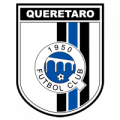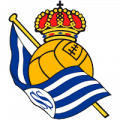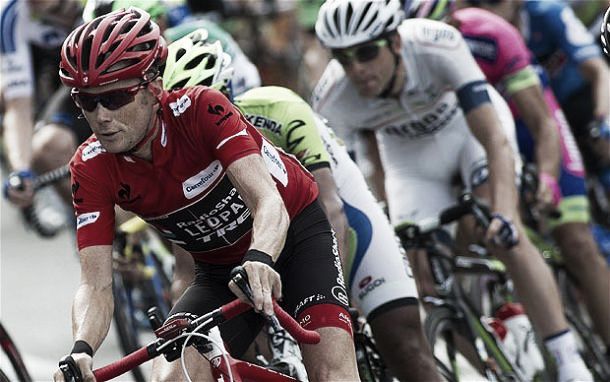Stage One: Jerez de la Frontera - Jerez de la Frontera 12.6km TTT
For the fifth consecutive year the Vuelta begins with a team time trial, this time a short and technical course which is unlikely to create any major time gaps. However the technical nature of this entirely urban parcours increases the risk of crashing; any riders who start nervous could find their race is over before it's really begun.
Stage Two: Algeciras - San Fernando 174.4km
This second stage into San Fernando should offer up the first bunch sprint of the Vuelta. The early climb of the Alto del Cabrito will allow an early break to escape, but after that the flat landscape favours the sprinters teams. Almost the entirety of the stage runs alongside the coast which raises the spectre of strong winds and echelons, so the GC favourites must remain vigilant.
Stage Three: Cádiz - Arcos de la Frontera 197.8km
The Vuelta moves inland towards Arcos de la Frontera, with the first hilly stage of the race. The climbing really begins halfway through the stage and becomes progressively more difficult, with the climbs at Benaocaz and Puerto del Boyar both being significant enough to sap legs and thin out the peloton. Riders may attack over the Puerto del Boyar but the long descent and relatively flat run to the line favours a chasing pack. The majority of the final 2km is uphill, but the average gradient is less than 5% which favours an opportunistic fast finisher, rather than a specialist climber. It's a finish that suits a variety of riders; both Peter Sagan and Philippe Gilbert will fancy their chances.
Stage Four: Mairena del Alcor - Córdoba 164.7km
The race continues to move inland, this time with a stage that is flat for the first half and hilly in the second. The hills aren't hugely significant, but they are difficult enough to thin out the peloton once again. As a result the finish is likely to be contested by a reduced bunch, with a fast finisher who can climb coming out on top; most of the sprinters in the race fit that prototype.
Stage Five: Priego de Córdoba - Ronda 180km
Stage five into Ronda looks set to be contested by the second bunch sprint of the race. The main feature of the stage is the long but gentle climb to Puerto El Saltillo (12.6km at 3.3%), after which there is a 15km run-in and a relatively straight road to the line, which will allow the sprint trains to hit top speed. The climb is sure to be taken at pace which could put some sprinters under duress, but most should survive to reach the finish; though whether they can sprint at full speed after the climb is another matter.
Stage Six: Benalmádena - La Zubia 167.1km
By now the Vuelta's stage design template is obvious, the first half of the stage is relatively flat and non-descript, while all the interesting features are jammed into the second half; stage six follows that template to the letter. The real climbing begins after 65km with the Alto de Zafarraya (12.3km at 5.8%), which is followed by a series of small hills. The stage finishes atop the Alto Cumbres Verdes; it's short at 4.6km, but steep enough at an average of 7.8% and has ramps of up to 12.8%. The stage itself should go to an explosive climber, it's too early in the race for the GC favourites to be at their very best, but this finish is testing enough to force them to be sharp. If they are finding form, Julian Arredondo (Trek Factory Racing) and Carlos Betancur (AG2R La Mondiale) will be very interested in this finish.
Stage Seven: Alhendín - Alcaudete 169km
Another hilly stage, and one that looks well suited to a breakaway group; the terrain is jagged throughout making it difficult to control. The finish is uphill, but with the gradients of around 4%, not steep enough to provoke an elite selection. If the bunch reels in the break and a large group arrives at the finish together, look for another fast finishing opportunists to claim the stage honours. Michael Matthews (Orica GreenEDGE) won on a similar finish during the Giro d'Italia and should be dangerous on this stage.
All stage profiles taken from http://www.lavuelta.com









































